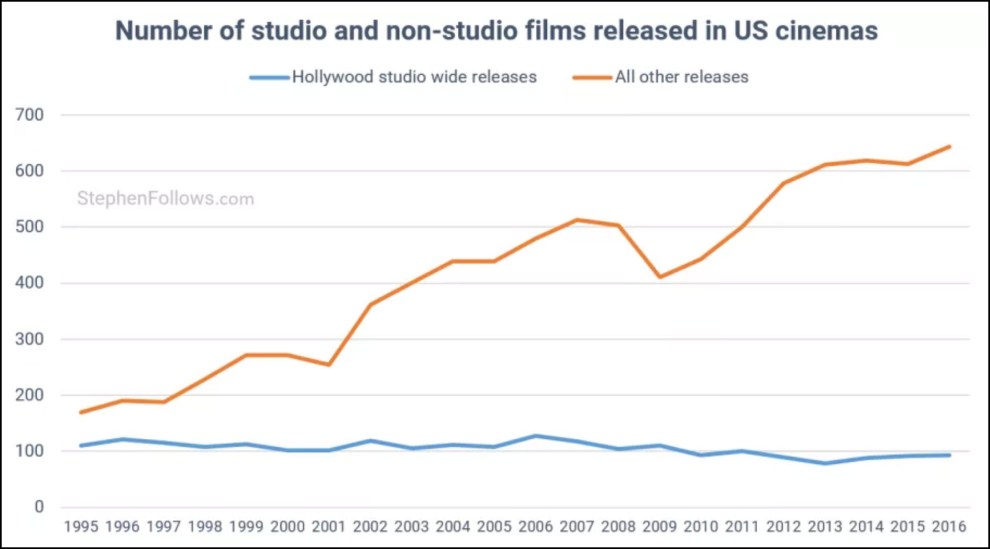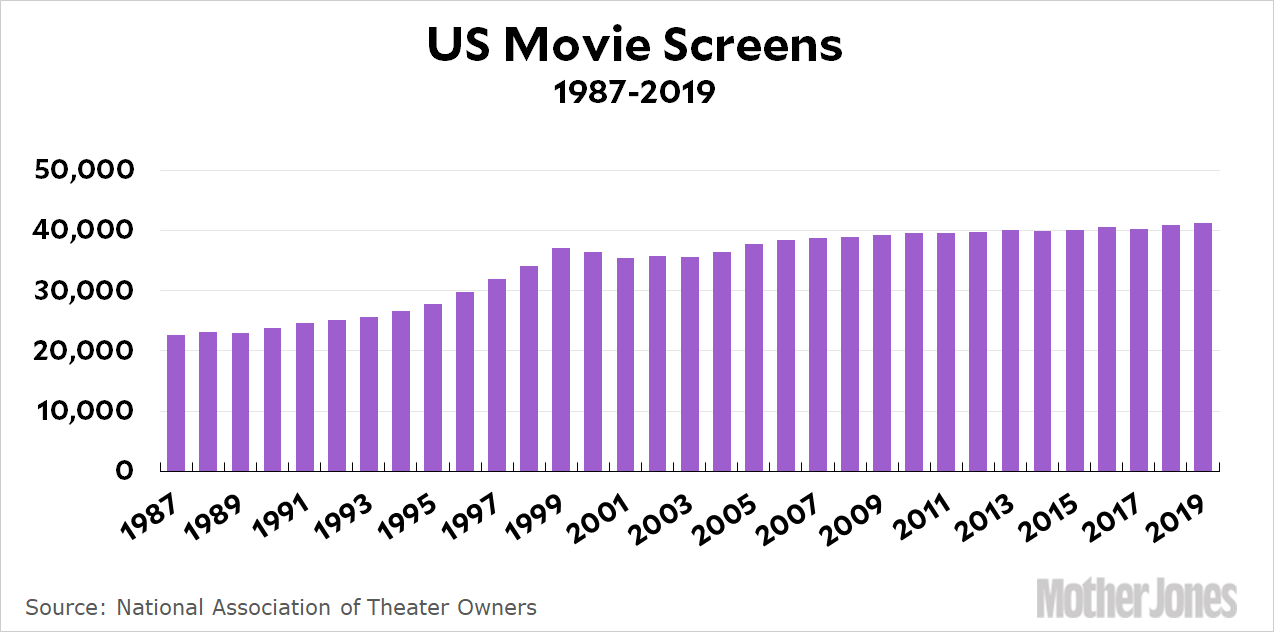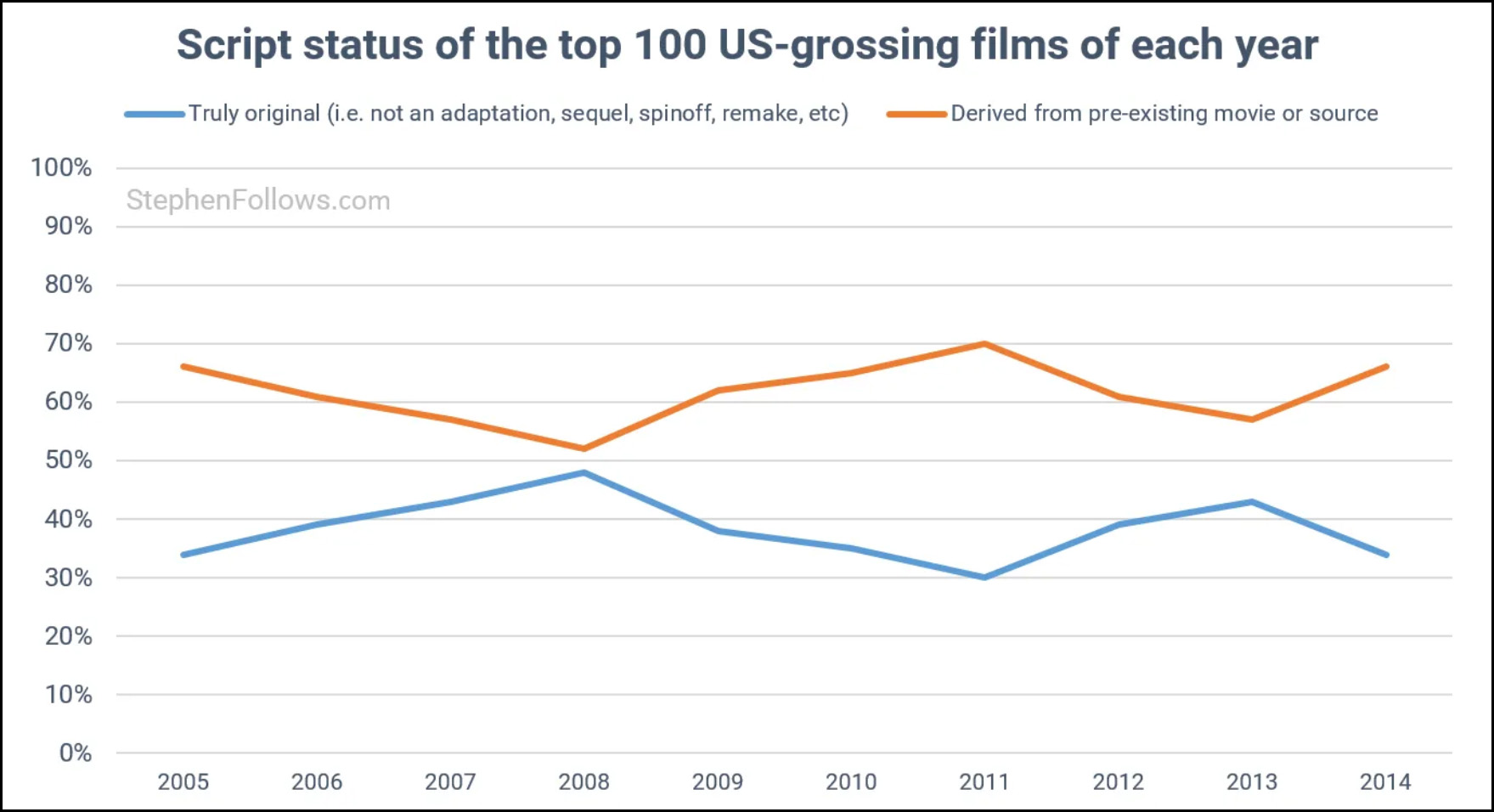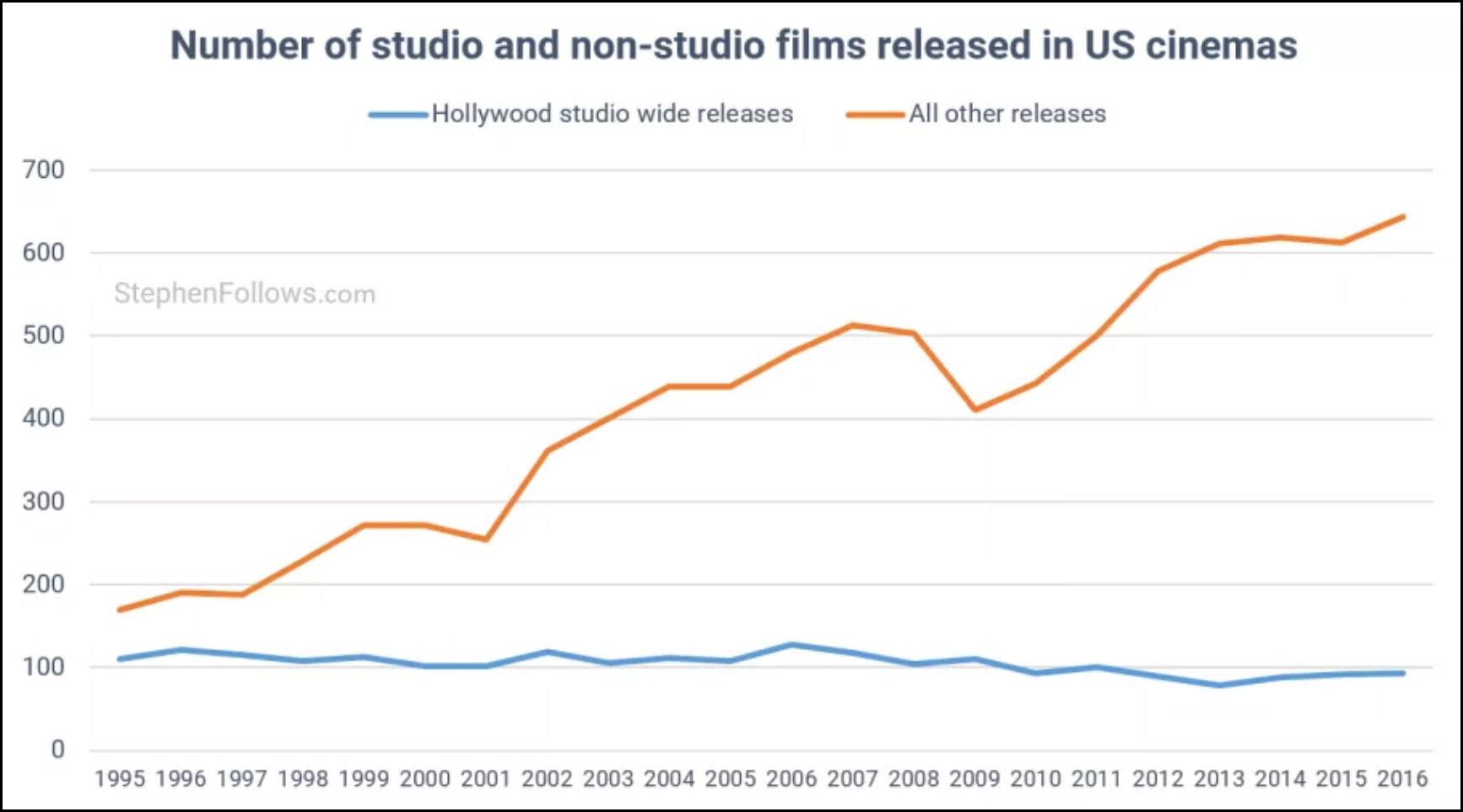
A couple of weeks ago Martin Scorsese declared that Marvel superhero movies weren’t cinema. This prompted the usual tiresome round of social media outrage, even though it was obvious from the start that Scorsese’s point depended entirely on the meaning of “cinema.” Sure enough, the whole affair went pffft when he eventually explained what he meant. His generation of filmmakers, Scorsese said, considered cinema to be high art. “There was some debate about that at the time, so we stood up for cinema as an equal to literature or music or dance.”
Since even ardent fans can’t seriously consider Marvel superhero movies to be high art, that was the end of this little kerfuffle. But then Scorsese said something more:
So, you might ask, what’s my problem? Why not just let superhero films and other franchise films be? The reason is simple. In many places around this country and around the world, franchise films are now your primary choice if you want to see something on the big screen. It’s a perilous time in film exhibition, and there are fewer independent theaters than ever.
In other words, big tentpole movies are taking over the multiplex and leaving no room for small, high-quality films. But this got me thinking. Is it really true that Scorsese’s kind of cinema is being crowded out these days? Here are a few data points to consider. First, the total number of movie screens has increased steadily over the past few decades:

The share of movies that are sequels or adaptations or otherwise part of a franchise has stayed roughly flat over the past decade:

And the number of movies that are big studio releases has stayed about the same since 1995, while the number of indie releases has skyrocketed:

None of this gets us precisely to the problem Scorsese is talking about: namely that franchise movies are taking up all the screens. After all, the number of big studio releases may be the same as it was a couple of decades ago, but they open on more screens than they used to. Without more data, it’s impossible to say for sure how many screen-days are being dedicated to franchises vs. smaller pictures.
Still, given that the number of releases has been stable while the number of screens has doubled, the data suggests that tentpoles and franchises probably aren’t hogging up a bigger share of screens than in the past. Besides, if screens were truly becoming a lot scarcer, it’s hard to explain why the number of indie releases has tripled in the past two decades.
Don’t take any of this as conclusive. It’s just what I was able to find without going too far down a rabbit hole. If anyone knows where to find better data, let me know.















